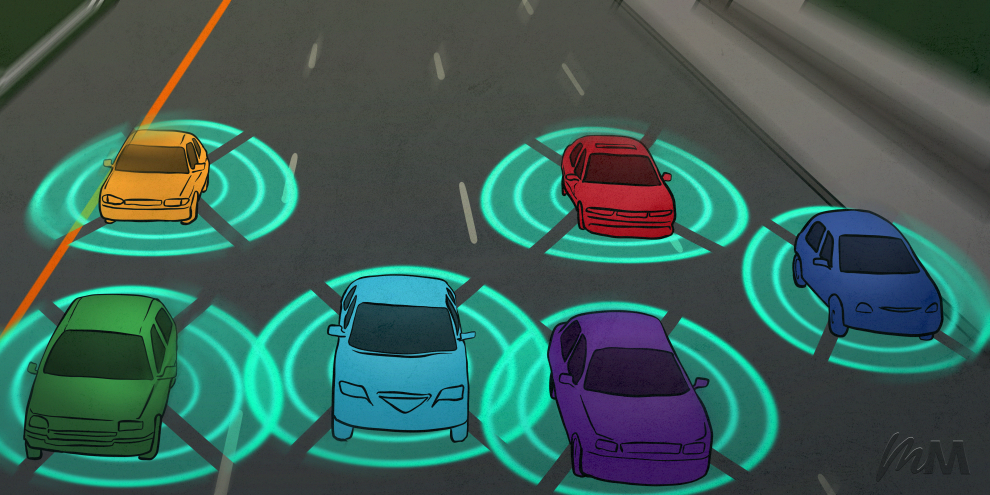Managing traffic congestion has always left urban planners and engineers with major obstacles, especially when it comes to data availability. At present, the authorities in charge rely heavily on incomplete samples.
Just recently, Pacific Northwest National Laboratory (PNNL) developed a new tool to produce more holistic data with the goal to optimize traffic.
TranSEC, a machine learning software that maps traffic flow over time, has been under development for years with Uber ride data. By combining sensor information and data from past Uber rides, TranSEC can generate near-real-time picture of traffic.
“We use a graph-based model together with novel sampling methods and optimization engines to learn both the travel times and the routes,” shared PNNL computer scientist Arun Sathanur. “The method has significant potential to be expanded to other modes of transportation, such as transit and freight traffic. As an analytic tool, it is capable of investigating how a traffic condition spreads.”
The researchers behind TranSEC continue to improve the tool and hope that the predictive capacity will soon be robust enough to aid in improving the current traffic situation.
“Traffic engineers nationwide have not had a tool to give them anywhere near real-time estimation of transportation network states,” stated Robert Rallo, principal investigator for the TranSEC project. “Being able to predict conditions an hour or more ahead would be very valuable, to know where the blockages are going to be.”











Add Comment